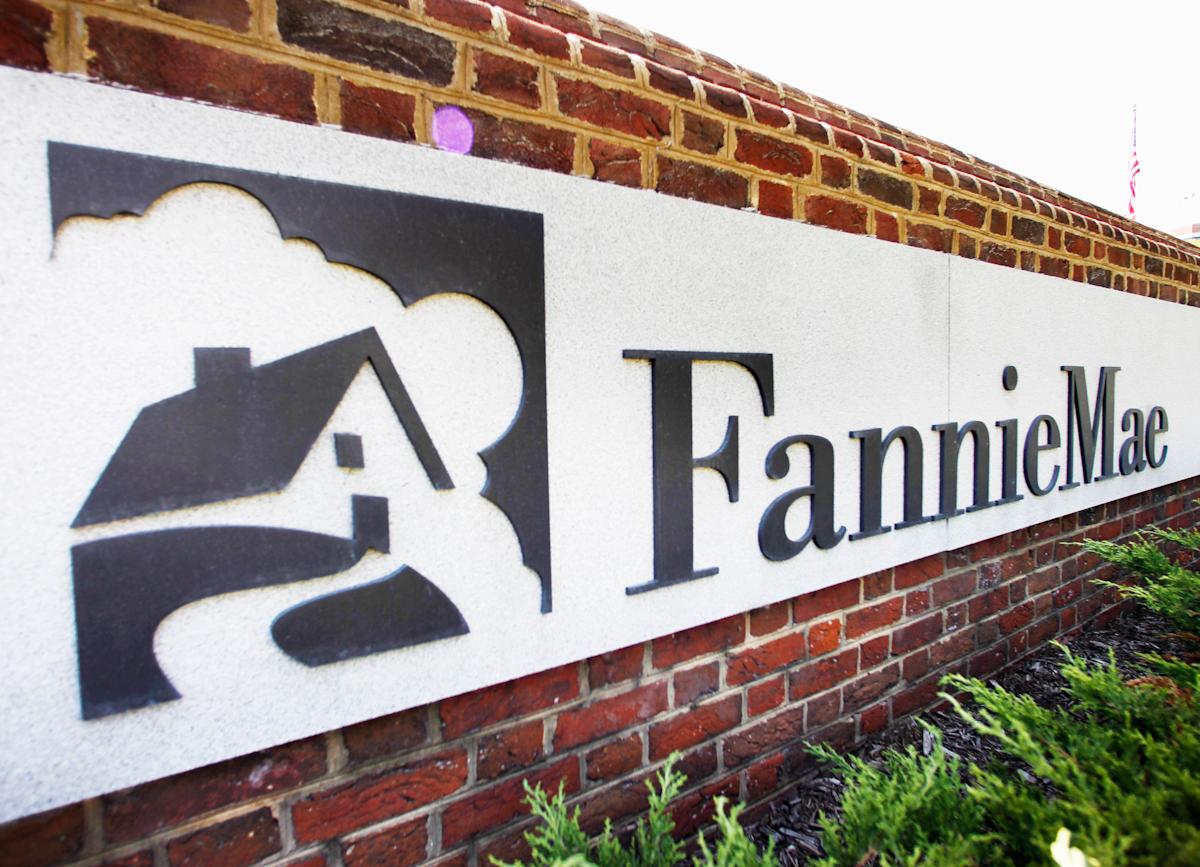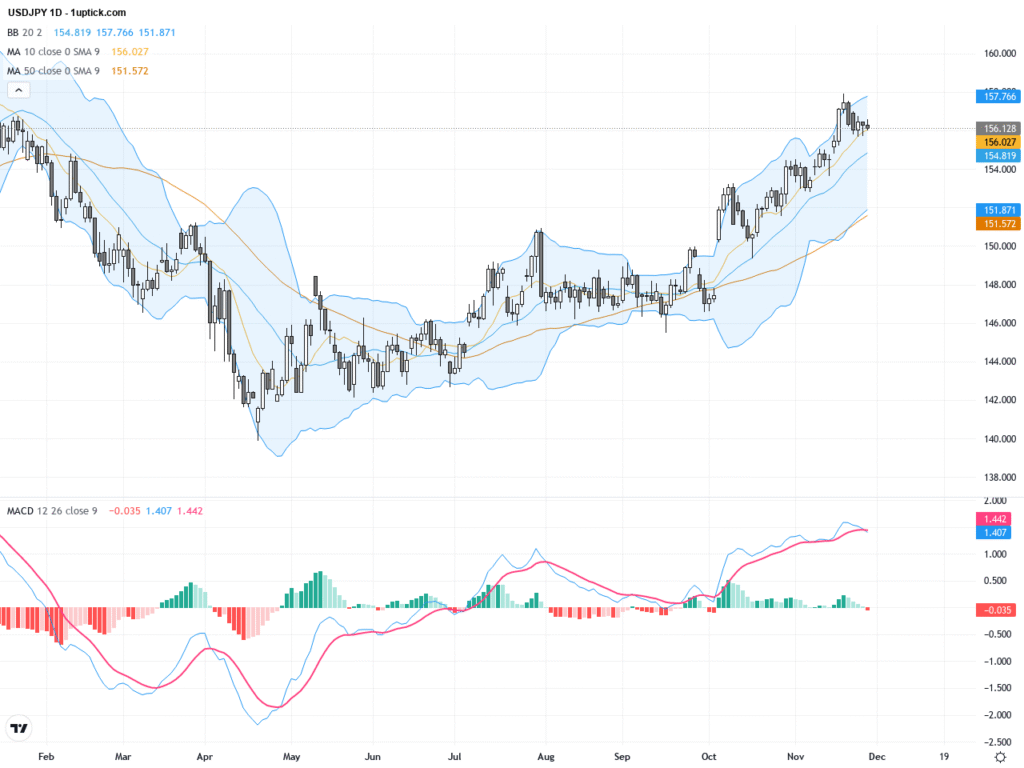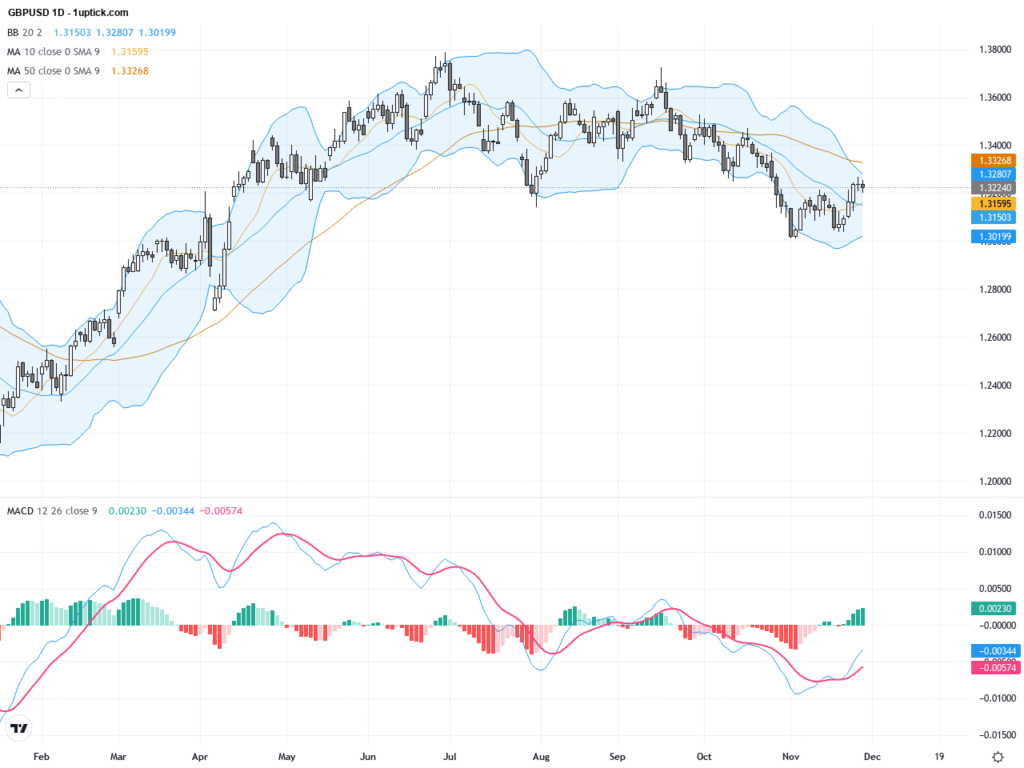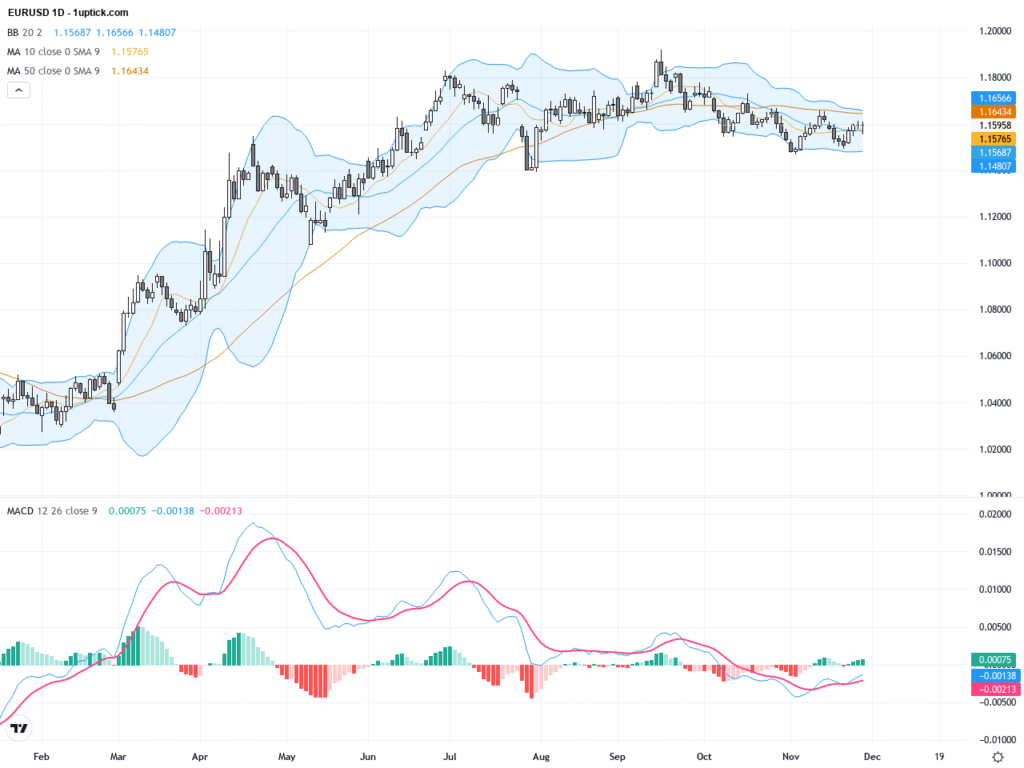 |
| Gold V.1.3.1 signal Telegram Channel (English) |

Trump Administration’s 2025 Plan to Privatize Fannie Mae and Freddie Mac: Market Impact, Risks, and Challenges
2025-08-18 @ 19:01
The Trump Administration’s Push to Take Fannie Mae and Freddie Mac Public: What’s at Stake?
In the second half of 2025, the Trump administration is making aggressive moves toward taking Fannie Mae and Freddie Mac—two of the nation’s largest government-sponsored enterprises (GSEs) in the housing market—public once again. This landmark effort is poised to reshape the country’s mortgage landscape, but it’s also surfacing tough questions about market risks, the role of government in housing, and who stands to benefit.
Background: The Road to Privatization
Fannie Mae and Freddie Mac were put under government conservatorship in 2008 during the financial crisis, a move designed to stabilize the housing market by ensuring the flow of mortgage credit. Since then, they have played a crucial role by purchasing and guaranteeing mortgages, making homeownership more accessible for millions of Americans.
Now, over fifteen years later, the Trump administration is pushing for their return to private ownership. Reports indicate plans to sell between 5% and 15% of the companies’ stock in an initial public offering (IPO), potentially raising about $30 billion. The estimated combined value of both companies hovers around $500 billion, underscoring both the scale of the transaction and its potential impact on financial markets.
What Does the Administration Hope to Achieve?
The administration’s stated goal is to transition Fannie and Freddie into independently capitalized companies, lessening the government’s direct involvement in mortgage financing. This, officials argue, would create a healthier housing finance system by boosting market discipline, attracting private capital, and reducing taxpayers’ exposure to future mortgage crises.
Key to this vision is forcing the GSEs to build up their capital reserves according to the Federal Housing Finance Agency’s Enterprise Regulatory Capital Framework. However, as of early 2025, both Fannie Mae and Freddie Mac remain billions of dollars short of their required capital levels. Relying solely on retained earnings could take years to close these gaps, so the IPO—and possibly further capital infusions—are viewed as essential steps.
Wall Street’s Interest and the Treasury’s Role
Major Wall Street banks are keenly interested in managing the IPO, recognizing the sheer size and prestige of the deal. Top names like Bank of America, Citigroup, JPMorgan, and Goldman Sachs are already maneuvering for a seat at the table. At the same time, the U.S. Treasury still holds a significant stake in both GSEs in the form of preferred shares, with a liquidation preference totaling $340 billion. How, and if, this government holding gets converted or restructured remains a central question.
Potential options under discussion include converting the Treasury’s preferred shares into common stock, retaining the Treasury’s stake to benefit from future company profits, or even forgiving part of the obligation—though any significant moves here would likely require new legislation.
Risks and Challenges Ahead
While the IPO could bring windfalls to investment banks and the federal government, critics warn that the move brings substantial risks. Taking the GSEs private could result in higher mortgage costs for homebuyers by pushing up the rates on loans. Critics also argue that it could expose the U.S. economy to future financial crises; without strong capital buffers and clear government backstops, Fannie and Freddie could again pose systemic risks if the housing market sours.
Questions also remain about whether privatization would undermine the mission of making homes affordable for low- and middle-income Americans. If profit motives take precedence, lending standards may tighten or support for less-creditworthy borrowers may shrink.
Political and Technical Hurdles
The path to privatization is complex. Moving forward will require not only investor confidence but also political consensus at a time when the mission and future of these housing giants remain hotly debated. Congress could end up playing a decisive role if major restructuring of Treasury’s stake or changes to the GSEs’ statutory mandates are needed.
Any plans must carefully balance the objectives of market stability, housing affordability, and minimizing taxpayer risk. A rushed or poorly structured IPO could spark market volatility or inadvertently disrupt the U.S. housing sector.
Looking Ahead
As Fannie Mae and Freddie Mac hurtle toward a possible IPO in late 2025, the housing finance industry is watching closely. The stakes are enormous—not only for Washington and Wall Street, but also for everyday Americans whose ability to buy homes relies on a stable and accessible mortgage market. Whether this return to private status represents a new chapter of stability or plants seeds for future instability will depend greatly on how policymakers manage the complex transition. The next few months could well set the tone for the housing market for decades to come.








